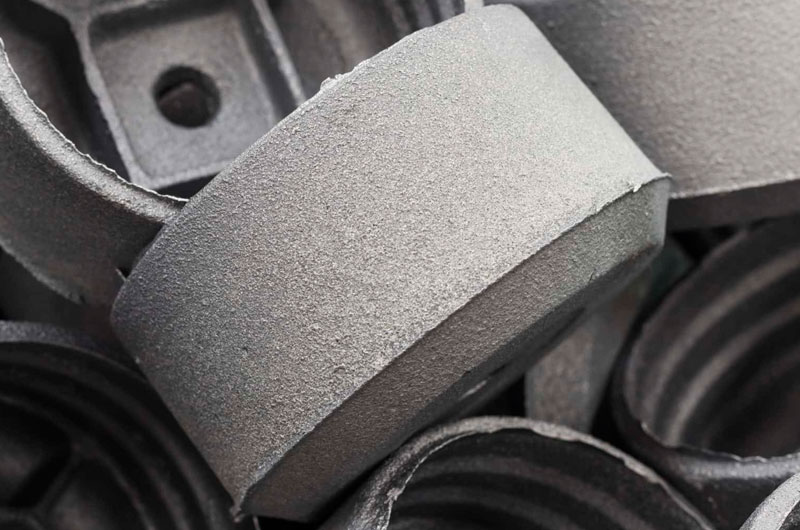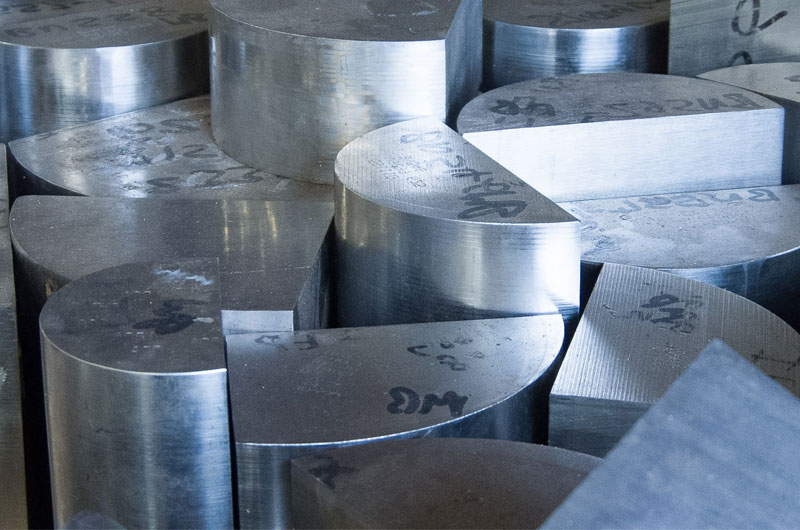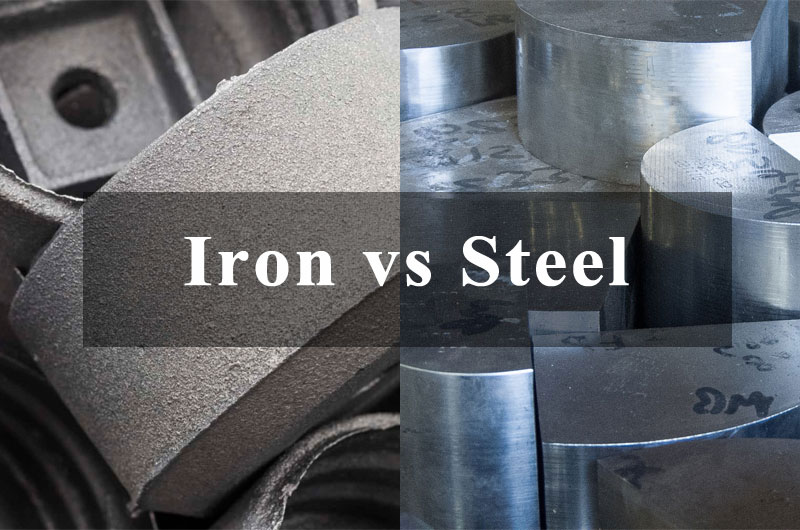When discussing metals that have shaped human civilization, iron and steel stand out prominently. Both have been pivotal in the advancement of tools, construction, transportation, and countless other industries.
While often mentioned together, iron and steel are distinct materials with their own characteristics, advantages, and limitations. It is essential for engineers, manufacturers, and materials science enthusiasts to understand the differences between them.
In this article, we’ll explore what sets iron and steel apart — from their compositions and properties to their uses and importance in modern industry.
What is Iron?

Iron is a chemical element, symbolized as Fe (from the Latin ferrum), and is the fourth most abundant element in the Earth’s crust. Pure iron is fairly soft and reacts readily with oxygen and moisture, making it prone to rust. Because of this, pure iron is rarely used in practical applications without some form of treatment or alloying.
There are several common types of iron:
- Wrought Iron: This is iron with very low carbon content (less than 0.08%). It is tough, malleable, and resistant to fatigue and corrosion.
- Cast Iron: Contains 2% to 4% carbon. It is hard, brittle, and excellent for compression strength, often used in heavy-duty applications like engine blocks and cookware.
- Pig Iron: A crude form of iron resulting from the smelting of iron ore in a blast furnace. It is an intermediate product used in making cast iron and steel.
What is Steel?

Steel is an alloy, primarily composed of iron and carbon. The carbon content in steel typically ranges between 0.02% and 2.1% by weight. The addition of carbon, and sometimes other elements like manganese, chromium, or nickel, improves iron’s strength, toughness, hardness, and resistance to wear and corrosion.
There are many types of steel, classified mainly into four categories:
- Carbon Steel: Made primarily from iron and carbon. It’s strong and economical but prone to corrosion.
- Alloy Steel: Contains additional alloying elements like chromium, nickel, and molybdenum for improved properties.
- Stainless Steel: High in chromium (at least 10.5%), making it highly resistant to rust and corrosion.
- Tool Steel: Specifically designed for making tools, it’s very hard and resistant to deformation.
Composition Differences
The key difference between iron and steel lies in their carbon content:
| Material | Carbon Content |
|---|---|
| Wrought Iron | < 0.08% |
| Cast Iron | 2–4% |
| Steel | 0.02–2.1% |
In addition to carbon, steels often include other alloying elements that further enhance their performance, while iron (especially cast or wrought) generally contains fewer additives.
Mechanical Properties Comparison
| Property | Iron | Steel |
|---|---|---|
| Strength | Relatively low (pure iron); higher in cast iron | Generally higher strength, especially alloy steels |
| Hardness | Soft (wrought iron); brittle (cast iron) | Wide range; often harder than iron |
| Ductility | Good (wrought iron) | Good to excellent (varies by type) |
| Corrosion Resistance | Poor (rusts easily) | Varies; stainless steel is excellent |
| Malleability | High (wrought iron) | Good (depending on composition) |
In short:
- Wrought iron is soft but flexible and corrosion-resistant.
- Cast iron is hard and strong but brittle.
- Steel offers the most versatility, balancing hardness, strength, and toughness.
Processing and Manufacturing
- Iron: Extracted from iron ore through smelting in a blast furnace. The resultant pig iron can be further processed into wrought iron or cast iron through techniques like puddling or casting.
- Steel: Traditionally made via processes like the Bessemer process (now largely replaced by more efficient methods such as basic oxygen steelmaking and electric arc furnaces). During these processes, carbon and other impurities are carefully controlled and alloying elements are added as needed.
Steel production is more energy-intensive and technologically complex compared to producing basic iron products, but it results in a material with far superior mechanical properties.
Applications of Iron and Steel
Common Applications of Iron
- Cast Iron:
- Engine blocks
- Pipes
- Cookware (e.g., skillets, Dutch ovens)
- Historical architecture (e.g., bridges, railings)
- Wrought Iron:
- Decorative items (gates, fences, furniture)
- Historical structures and reinforcements
Common Applications of Steel
- Construction:
- Skyscrapers, bridges, buildings
- Reinforced concrete
- Transportation:
- Automobiles, ships, trains, airplanes
- Household Items:
- Appliances, kitchenware, cutlery
- Tools and Machinery:
- Hand tools, heavy machinery, industrial equipment
Steel’s adaptability means it is far more widely used today than pure iron.
Cost Comparison
Historically, steel was more expensive than iron due to the complexity of manufacturing. However, technological advancements have made steel production cheaper and more scalable.
Today, low-grade steel is often cheaper than wrought iron and more cost-effective than cast iron for many structural applications, especially when factoring in steel’s superior performance and longevity.
Environmental Impact
Both iron and steel production have significant environmental impacts, particularly in energy consumption and carbon emissions. However, steel recycling rates are extremely high (around 90% in many countries), making it a sustainable material in the long term.
New developments in green steel (using hydrogen instead of coke for iron reduction) promise to drastically reduce steel’s carbon footprint in the coming decades.
Summary: Iron vs Steel
| Feature | Iron | Steel |
|---|---|---|
| Basic Composition | Element (Fe) | Alloy (Fe + C + other elements) |
| Strength and Hardness | Lower (except cast iron) | Higher and customizable |
| Corrosion Resistance | Poor | Can be very high (stainless steels) |
| Versatility | Limited | Very versatile |
| Main Applications | Decorative, specific heavy uses | Construction, automotive, appliances, tools |
| Cost | Generally cheaper (per basic material) | More cost-effective when performance is needed |
Conclusion
While iron laid the foundation for civilization’s earliest advancements, it is steel that has become the cornerstone of modern infrastructure, transportation, and technology. Steel’s ability to combine strength, ductility, and resistance to wear and corrosion makes it indispensable in today’s world.
Understanding the fundamental differences between iron and steel allows industries and individuals to select the right material for their needs — whether crafting a beautifully ornate gate from wrought iron or building a towering skyscraper from structural steel.

